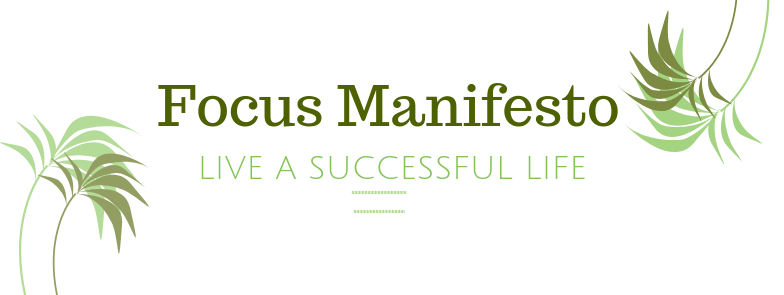Business influencers love to bandy about terms like ‘metrics’ and ‘KPIs’. The terms themselves are just words and phrases. What is meant by them is more important. For example, consider metrics in a learning environment. How do metrics compare with outcomes?
A metric is essentially a standard of measurement, according to the Merriam-Webster online dictionary. Applying metrics to the learning environment requires coming up with something to measure. You might measure the number of learners who complete a training program. You might measure the quality of the program by its cost, ROI, or efficiency.
But what about outcomes? Shouldn’t the outcome of a training program be the most important metric of all? If it’s not, you have to wonder why you are training at all. Outcomes in a training environment are eerily similar to outcomes in healthcare.
An Entirely New Metric
The implementation of the Affordable Care Act a decade ago ushered in a transition from the fee-for-service healthcare model to one based on outcomes. The federal government got involved by tying Medicare reimbursements to quality of care. When optimal outcomes are not met, reimbursements are reduced.
The point of all of this is to say that our healthcare system has traditionally been less about patient outcomes and more about metrics. We have not been measuring the success of our system by how well patients are treated, or how often hospital readmissions are avoided. Rather, we have been measuring in terms of revenues, profits, and costs.
Measuring success based on outcomes is an entirely new metric. It is the right metric for healthcare inasmuch as the best possible patient outcome should be the moral and ethical priority. Healthcare is about patients first and foremost.
The same truth can be applied to learning. Whether you are talking about college degree programs, vocational learning or corporate training, the whole point of learning is to produce an actionable outcome. It is to produce skills and knowledge that can be applied in the real world.
Outcome-Based Learning Looks Different
Just as outcome-based healthcare looks different, so does outcome-based learning. A learning platform designed to produce the best possible outcomes does not worry about checking off boxes or completing coursework for the mere purpose of doing so.
Fulcrum Labs Adaptive 3.0 learning platform is an excellent example of what outcome-based learning looks like. The platform is heavily focused on outcomes with a strong emphasis on self-direction and self-remediation, with the support of a one-on-one-type “coach.” Learners are encouraged to engage with content and prove proficiency, while the system provides them with optimal challenges, in their individual learning “sweet spot,” in real time.
Making it all work are artificial intelligence and hard data. The latter allows the platform to adapt in real time so that it remains in line with learner needs and abilities. The former drives the latter and allows both learning facilitators and administrators to make better decisions, based on actionable data.
Measurements Without Meaning
A learning environment that is not outcome-based still has to be based on something. Unfortunately, this is where many of the meaningless metrics come into play. Data that has no value outside of populating a spreadsheet is used to measure the success of static training programs that accomplish very little.
In such cases, you effectively have measurements without meaning. A company might track the total number of employees who complete a given training program for the purposes of meeting ISO requirements. But if those employees have not learned anything actionable, it doesn’t really matter how many have completed the training.
Outcome-based learning is all about results. Real-world outcomes are the only metrics that really matter in the end.



Leave a Reply